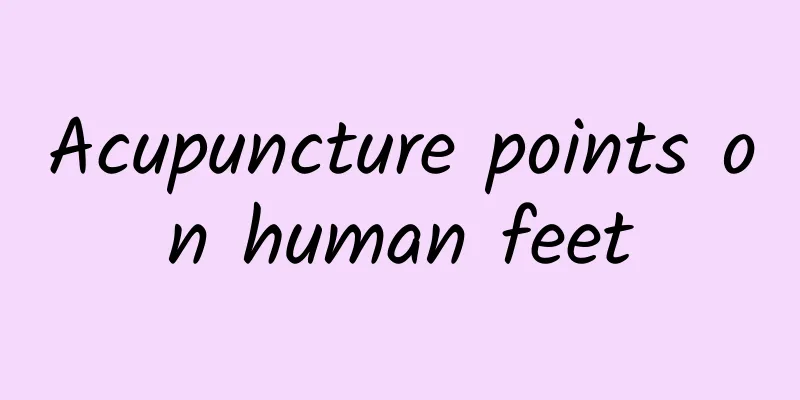How to treat a sunken eardrum

|
A sunken tympanic membrane will cause a transparent film deep in the ear to collapse, which will affect normal hearing and may even cause pain and swelling in the ear. Therefore, it is important to avoid signs of infection and go to the hospital for appropriate examinations based on your physical condition. Deep in the ear, at the end of the external auditory canal, there is a grayish-white, translucent membrane, the tympanum. It is the boundary between the external auditory canal and the middle ear, and is responsible for conducting sound waves to produce hearing. The eardrum is also called the tympanic membrane. When the eardrum moves inward toward the middle ear, it is called tympanic membrane invagination. The reason why the eardrum moves inward is due to the imbalance of air pressure inside and outside the eardrum. There is a tube in the nasopharynx that opens downward, backward, and outward, with the other end opening on the front wall of the eardrum. This tube is called the Eustachian tube. Its function is to communicate the tympanic cavity and the nasopharynx, so that the atmospheric pressure in the tympanic cavity and the external auditory canal is equal, so as to maintain the balance of the tympanic membrane pressure. If you have otitis media, it may cause dysfunction of the Eustachian tube, causing an imbalance in the atmospheric pressure inside and outside the eardrum. Over time, the eardrum will retract. In addition, rhinitis, pharyngitis or nasal congestion due to colds can cause Eustachian tube obstruction, resulting in an imbalance in the pressure inside and outside the eardrum. Therefore, keeping the Eustachian tube open is the key to preventing the tympanic membrane from retracting. If tympanic membrane retraction occurs, symptomatic treatment should be given. If you have otitis media or rhinitis, you should cure these diseases first. The second method is to use air-breathing therapy to correct it. The method is: pinch your nostrils, hold your breath and blow air out, but the force must be appropriate. If too much force is used, it may easily cause the eardrum to rupture. Treatment/tympanic membrane retraction If tympanic membrane retraction occurs, symptomatic treatment should be given. If you suffer from secretory otitis media, throat disease or rhinitis, you should cure these diseases first. The second method is to use the Eustachian tube blowing method to unclog the Eustachian tube. The specific method is: pinch your nostrils, hold your breath and blow air out, but the force must be appropriate and it must be done under the guidance of an experienced doctor. If too much force is used, it may easily cause a rupture of the eardrum. When using this method, you should be careful not to pinch your nose or blow air because there is a possibility of transmitting the infection of the nasopharynx to the middle ear, especially when there is a lot of inflammatory secretions in the nose and pharynx. During the acute stage of Eustachian tube inflammation and blockage, and nasal blockage caused by colds, do not do patency checks or blowing techniques, and do not blow your nose too hard. At this time, you should take some mucosal astringents such as ephedrine in time to keep the nasal cavity open and prevent complications of otitis media. |
<<: I feel my eardrums throbbing.
>>: How to treat a retracted eardrum
Recommend
Are flat warts contagious to other people?
Flat warts are a disease caused by human papillom...
How to eat taro to lose weight, taro weight loss recipes
Taro is a common food on the table. It has a swee...
What medicine should I take for oily face?
There are many friends in life who are prone to o...
Does herpes virus cause fever?
After contracting viral herpes, certain inflammat...
What are the best medicines for lowering blood sugar?
The three highs are familiar to everyone, because...
What is the effect of Artemisia annua plus red dates
What are the effects of Artemisia annua and red d...
What food is good for babies with cough
For babies, who are relatively young, if they cat...
Are birth control pills effective for weight loss?
In order to control weight and maintain a good fi...
What medicine to use for vulvar itching
Vulvar itching is one of the most common symptoms...
The difference between condyloma acutum and pearl
Genital warts and penile eczema are different dis...
Traditional Chinese medicine can help women maintain a healthy and good complexion!
Women are a group of people who need to take good...
How to treat peptic ulcer? Six Chinese medicines work quickly!
Due to long-term irregular diet, more and more pe...
Does propolis nourish the kidneys?
As people pay more attention to their own health,...
Symptoms of late-stage liver cirrhosis
Cirrhosis is mainly caused by malnutrition and lo...
What causes numbness in the soles of feet?
If it's just pain, it generally doesn't h...









